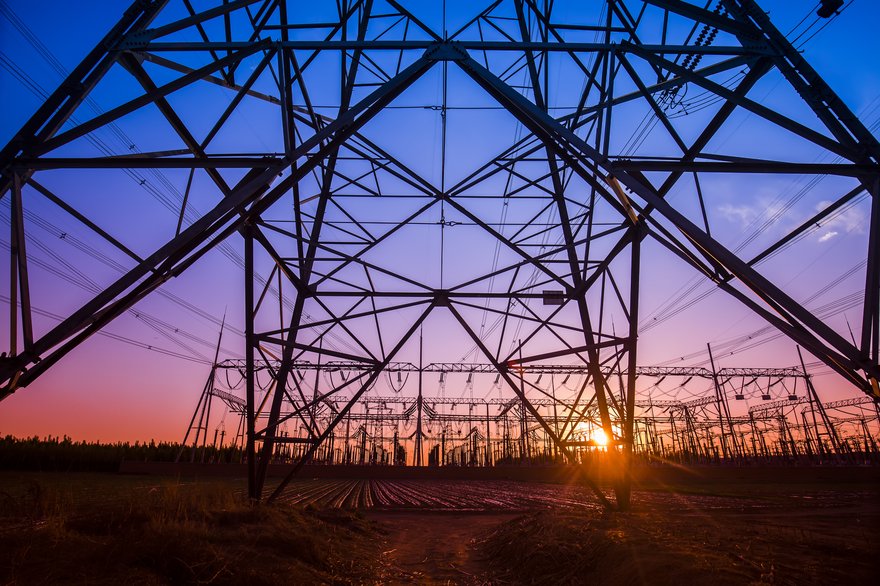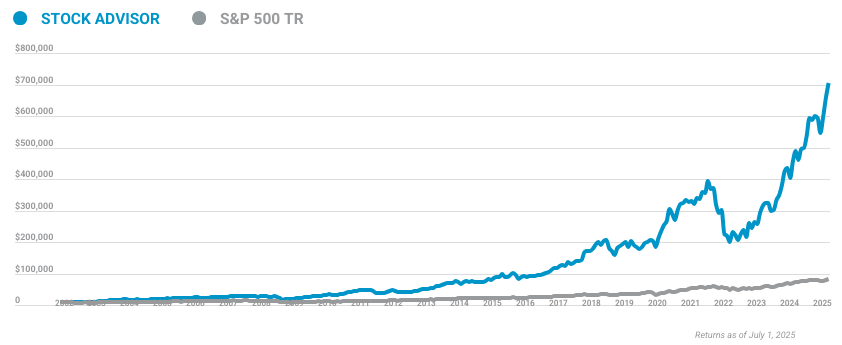Electric utility stocks are publicly traded companies regulated by government agencies. They make money by providing reliable energy to customers. Here’s a closer look at how to invest in the electric utility industry.

The best electric utility stocks to buy now
The best electric utility stocks to buy now
Several publicly traded companies operate electric utilities, giving investors lots of options in this sector. Three that stand out as being among the best in the electric utility sector are:
- Duke Energy (DUK -1.14%): A regulated electric and natural gas utility that serves customers in six states.
- NextEra Energy (NEE -1.14%): An energy holding company that operates electric utilities in Florida, as well as a leading renewable energy business.
- Xcel Energy (XEL -1.51%): A regulated electric and natural gas utility that serves eight Midwestern states.
Here’s a look at what makes this trio stand out as solid electric energy stock investments.
1. Duke Energy
1. Duke Energy
Duke Energy is one of the largest power company stocks in the country. It operates three business segments:
- Electric utilities and infrastructure: Operates regulated utilities that serve 8.2 million retail electric customers in North Carolina, South Carolina, Florida, Indiana, Ohio, and Kentucky.
- Gas utilities and infrastructure: Distributes natural gas to 1.6 million customers across North Carolina, South Carolina, Tennessee, Ohio, and Kentucky.
- Commercial renewables: Operates wind and solar energy facilities across the U.S., as well as energy storage and microgrid projects. The company is selling this business unit, which it expects to close in the second half of 2023. It intends to use the proceeds to repay debt.
Duke Energy's utility portfolio generates steady revenue regulated by government agencies that set its rates. That provides it with stable cash flow to pay dividends (it offered a 4.1% dividend yield in mid-2023) and invest in expanding its utility businesses.
A couple of factors help Duke Energy surpass many electricity stocks. For starters, it complements its steady revenue-generating energy businesses with a strong financial profile (including an investment-grade credit rating). It also has a conservative dividend payout ratio, giving it the flexibility to invest in cleaner energy.
Duke Energy is investing heavily to enhance its operations and reduce its carbon footprint. These investments should grow its earnings per share at a 5% to 7% annual rate through 2027, a healthy rate for a large utility. It should give the company plenty of power to grow its dividend. These drivers should help it supply investors with an attractive total return of about 10% annually.
2. NextEra Energy
2. NextEra Energy
NextEra Energy is one of the largest electric utilities in the country. It has three business platforms:
- Florida Power & Light (FPL): FPL is the country's largest electric utility, with 5.7 million accounts.
- Energy Resources: NextEra's energy resources segment is the world leader in producing wind and solar energy. It also operates natural gas pipelines, electricity transmission lines, and renewable natural gas facilities.
- NextEra Energy Partners (NEP -0.15%): NextEra Energy owns a significant interest in NextEra Energy Partners. The partnership owns and operates renewable energy generating facilities and natural gas pipelines.
NextEra Energy's business segments generate stable cash flow from regulated rate structures and long-term contracts. That helps support its dividend, which yielded about 2.5% in mid-2023.
The company has all the qualities an investor would want in an electricity stock. It routinely has one of the highest credit ratings among large, rate-regulated electric utilities. It also typically has a lower-than-average dividend payout ratio. That gives NextEra the financial flexibility to invest in cleaner energy while building more renewable power projects.
NextEra's current slate of investments should expand its earnings by 6% to 8% annually through 2026. That could power dividend growth of 10% per year through at least 2024, which is above-average growth for the sector. It could help NextEra generate industry-leading total stock returns. Those features position NextEra Energy to continue generating market-beating total returns.
3. Xcel Energy
3. Xcel Energy
Xcel Energy operates four electric and natural gas utilities across eight states in the central U.S. These utilities serve 3.8 million electric customers and 2.1 million natural gas customers. The energy businesses generate predictable rate-regulated revenue. That gives it the power to support an attractive dividend that yielded around 3% in mid-2023.
Xcel Energy's excellent qualities include an investment-grade balance sheet and a conservative dividend payout ratio of 60% to 70%. Its strong financial profile gives it the flexibility to invest in high-return expansion opportunities, such as replacing coal-fired power plants with wind power.
The company believes its investments can transform it into a cleaner electric utility. They also should help to increase its earnings per share by 5% to 7% annually. Along with its dividend, steady growth should give Xcel Energy the power to produce attractive total shareholder returns of about 8% to 10% per year.
How to find the best electric utility stocks
How to find the best electric utility stocks
It’s important to know how to analyze electric utility businesses. That will allow you to find companies with the potential to generate attractive total returns. Three main factors have contributed to strong performance in the sector over the years:
1. Financial strength
Having a strong financial profile is vital for an electric utility. It needs to fund the maintenance and expansion of its infrastructure while also paying an attractive dividend to its shareholders. One of the key ways to gauge the financial strength of a utility is to see whether it has an investment-grade credit rating on its bonds. That’s similar to a high credit score, suggesting the borrower is at low risk of defaulting on its debts. An investment-grade rating means a company can borrow money at lower interest rates and better terms.
2. A conservative dividend payout ratio
Utilities pay out a significant percentage of their earnings to investors via their dividends (usually more than 65%). However, because financial strength is so important, investors should focus on electric utilities with lower-than-average dividend payout ratios. The lower ratios allow companies to retain more cash to finance growth, which enhances their financial strength.
3. Consistent earnings growth
The best utilities can steadily increase their earnings per share by investing in initiatives that earn high returns on investment. For example, utilities can improve their profitability by retiring aging and expensive coal-fired power generation plants and replacing them with cheaper, cleaner ones powered by natural gas or renewables. Likewise, they can increase their earnings by taking advantage of tax credits and other incentives to build out renewable energy projects.
Investors seeking electric utility stocks to buy should look for these three characteristics. These strengths should provide a company with the financial flexibility to steadily expand its earnings and its dividend. Those factors help power an attractive total stock return to shareholders -- the combination of a stock’s dividend yield and its stock price appreciation.
Related investing topics
Why are electric company stocks good investments?
Why are electric company stocks good investments?
It costs lots of money to build and maintain electricity generating plants and electrical distribution systems. Because of that, governments give electric utilities a monopoly to operate in a specific region. That means they're the only companies allowed to build and maintain a power distribution system. Government entities then regulate these companies by approving the rates and fees they can charge customers for providing them with electricity. As a result, electric utilities generate predictable revenue -- a desirable feature for those seeking lower-risk investments.
Electric utility stocks also typically pay investors a dividend, which is a cash payment of a portion of the company's profit. Utilities generally offer an above-average dividend yield -- the ratio of a company's annual dividend to its stock price. That's because they choose to pay out a larger share of their profit instead of retaining it to expand their operations. The sector's higher dividend yields make these stocks attractive income investments for retirees.






